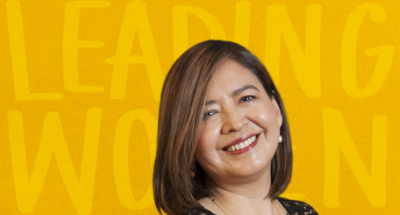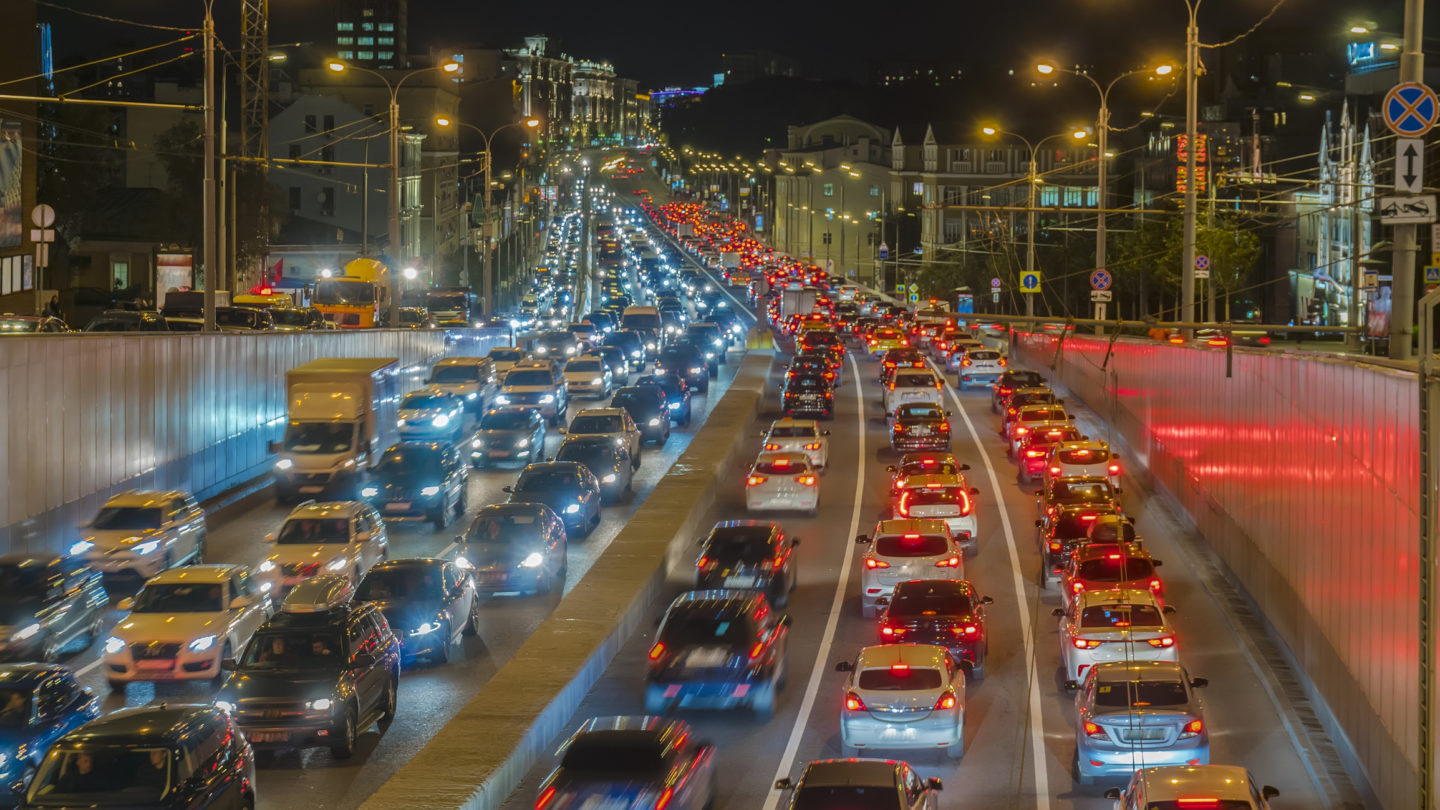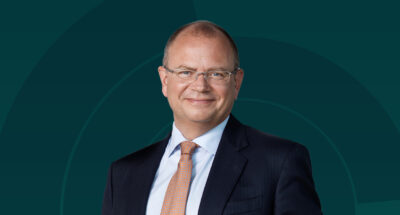
How to teach an entrepreneur to let go
Biotech entrepreneur Juana Lucia Flores-Candia explains that technology has changed the way to mentor chief executives. Here are her three ways to get entrepreneurs to focus....

by Frédéric Dalsace Published 10 August 2021 in Uncategorized • 7 min read
It is not yet clear whether the COVID-19 crisis will give extra impetus to sustainability efforts or lead to them being put on the back burner, and the reaction is likely to vary between countries.
But firms cannot wait until the dust settles to decide on the direction of their sustainability strategies. If there is one thing that research has taught us, it is that the effects of sustainability efforts can only be felt in the medium and long term. Short-term action and fixes are more likely to produce detrimental greenwashing and social washing.
Companies therefore need to start thinking now about how they might need to adjust their sustainability policies in the light of the pandemic.
Their responses will depend partly on their pre-existing sustainability strategies.
It is possible to make a distinction between five types of strategy:
In turn each strategy is underpinned by a combination of up to six “levers” (sets of arguments and actions):
Lever 1 – Direct impact – reducing costs or increasing revenue.
Lever 2 – Risk mitigation – ensuring a license to operate vis-a-vis national and local authorities, customers and investors.
Lever 3 – Indirect impact on performance – increasing employee engagement, innovation, co-operation with third parties, reputational benefits.
Lever 4 – Transformative impact – using sustainability to better align the firm with its environment and promote strategic renewal.
Lever 5 – Supporting causes – targeted philanthropy not directly related to the business but perceived as reputation-enhancing.
Lever 6 – Well-being contribution – seeking to contribute to the world’s long-term well-being simply because it is “the right thing to do”.
I recommend that firms consider three ways in which they might need to make changes to their sustainability strategies: the intensity of their efforts; the balance between social and environmental measures; and the mix of levers that are deployed.
The first thing to do is to think through the way in which the COVID crisis might impact the intensity of firms’ sustainability efforts over the next two to three years: will they need to use the throttle or the brake pedal?
The answer will partly be a function of the response of governments and citizens. Leaders and the public may feel that the economic and financial costs of the crisis prevent sustainability being put at the top of the agenda, with priority instead being given to recreating growth, rebuilding economies and dealing with the financial costs of COVID-19 (Scenario A). Or governments may be convinced that the pandemic spells the end of laissez-faire economics in many sectors such as healthcare or global supply chains, and bereaved citizens may demand strong reforms, giving further fuel to the sustainability drive (Scenario B).
However, firms’ thinking will also depend on where they currently are on the sustainability ladder.
Firms pursuing strategies at either end of the spectrum (“conforming” and “defining”) could continue on their sustainability journeys almost unaffected. “Conforming” firms can adopt a wait-and-see attitude, as they will only be affected under Scenario B, if new social or environmental laws are eventually passed. This scenario may raise the bar in some key countries, but these firms will only need to adapt to new regulations when – and if – they are enacted. Meanwhile, “defining” firms will see COVID as confirmation of their deep-rooted beliefs that the world needs to change its overall direction, and they will stick to their current path.
In contrast, firms with intermediate strategies (“following” and “supporting”) will have to make some important decisions. They will need to do a country-by-country scenario analysis, as COVID may well cause them to develop contingent sustainability strategies. Under Scenario A, they will need to divert sustainability resources to cope with the upcoming economic and financial hardship. Strained resources may cause “following” firms to fall back to a strict “conforming” strategy, and “supporting” firms to decide that they should merely seek to match their competitors’ actions, thereby resorting to a “following” strategy.
However, in countries where Scenario B prevails, “following” and “supporting” firms may have to escalate their efforts. Environmental and social issues will grow in importance, pushing firms to move from just following their peers to including sustainability as an element of their strategy (shifting from a “following” strategy to a “supporting” strategy), or increasing the role of sustainability if it is already part of the firm’s overall strategy (moving from a “supporting” to a “performing” approach).
Firms with “performing” strategies are in yet another situation. They could decide to develop a flexible, scenario-contingent strategy, along with “following” and “supporting” firms. However, they could also decide to stick to their original strategy, even under Scenario A. Their sustainability strategy is already ingrained in the business strategy, mobilizing many different levers. These firms could decide that the coming financial and economic hardship should not put their long-term pro-sustainability commitment in question and that they should continue unabated.
The sustainability needle will probably have to be pushed in the direction of social concerns
The second question that firms need to address is the balance of their actions between social and environmental issues.
Each lever can be activated in both domains. And social and environmental issues are inextricably linked. For example, many environmental issues have direct social consequences – think about deforestation or rising sea levels.
However, firms can still decide the relative weight that they want to give to environmental and social issues. And COVID-19 is disproportionally hitting the health and the living conditions of poor people, women and minorities, with ensuing consequences likely to be felt in the next two to three years. This creates a new situation and suggests that companies’ sustainability needle will probably have to be pushed in the direction of social concerns and developing projects to help people who have been hit hardest by the crisis.
This could include programs to create low-priced product ranges, provide job training for people at the bottom of the income pyramid, or fund NGOs supporting inclusion and diversity.
Revisiting the mix of levers: prioritizing the ‘business case’
Experts predict that the COVID crisis will be followed by months and years of economic and financial hardship. This will strain firms’ resources and inevitably cause a systematic re-examination of their spending, including on sustainability. They therefore ought to think about tactically refocusing their portfolio of sustainability efforts on projects that are “business case compatible” over the next two to three years.
This means concentrating efforts on actions covered by Levers 1 to 3, which are all part of the “business case” for sustainability – the idea of “doing well by doing good”.
Such actions do not alter firms’ traditional business logic, but offer new tools to improve their financial performance. Spending in these areas can therefore be considered as investments, and – at least in the case of Lever 1 – a return can easily be computed as the initiatives pursued either increased revenues or decreased costs. Levers 2 and 3 can also be justified economically. Initiatives undertaken under Lever 2 increase the chances of the firm keeping its license to operate and maintaining its sources of revenue, while actions under Lever 3 have an impact on performance drivers such as employee motivation, innovation and reputation.
In contrast, the long-term orientation of Lever 4 may be a difficult sell during this period, based as it is on a belief that sustainability strategies have a transformative power, that may or not have positive long-term financial consequences.
And initiatives under Levers 5 and 6 may be seen as unnecessary expenditure in this climate. Being proactive, by limiting spending in these areas, seems to be the best approach, to avoid someone subsequently using such programs as an argument for pulling the plug on a firm’s sustainability strategy.
Overall, given that the effects of sustainability measures are only really felt in the long term, firms need to start thinking now about how to adjust their sustainability strategies in light of the COVID-19 crisis.
Individually, none of the three changes outlined above requires a fundamental reassessment of their strategies, but taken together they may call for substantial revisions in the types of projects that companies want to undertake. This medium-term flexibility may well be a reasonable price to pay to ensure that sustainability stays on the long-term agenda.

Professor of Marketing and Strategy at IMD
Frédéric Dalsace focuses on B2B issues sustainability, inclusive business models, and alleviating poverty. Prior to IMD, he spent 16 years as a Professor at HEC Paris where he held the Social Business / Enterprise and Poverty Chair presided by Nobel Laureate Professor Muhammad Yunus. Prior to his academic life, Frédéric accumulated more than 10 years of experience in the business world, both with industrial companies (Michelin and CarnaudMetalbox) and as a strategy consultant with McKinsey & Company. At IMD he is Co-Program Director of the Leading Customer – Centric Strategies program.

20 November 2023 • by Juana Lucia Flores-Candia in Leadership
Biotech entrepreneur Juana Lucia Flores-Candia explains that technology has changed the way to mentor chief executives. Here are her three ways to get entrepreneurs to focus....

17 November 2023 • by Michael D. Watkins in Leadership
Executives winning promotion must navigate their transition with a balance of humility, respect for legacy, and a vision for the future....

14 November 2023 in Leadership
Henrik Andersen discusses with IMD President Jean-François Manzoni the challenges of navigating supply chain disruptions and soaring raw material costs over the past three years, and why he changed the wind farm...

6 November 2023 • by Brenda Steinberg, Michael D. Watkins in Leadership
Strategic thinking is key to career advancement – but communicating it to others is just as important. Ask yourself these 10 questions to find more ways to demonstrate your strategic abilities to...
Explore first person business intelligence from top minds curated for a global executive audience